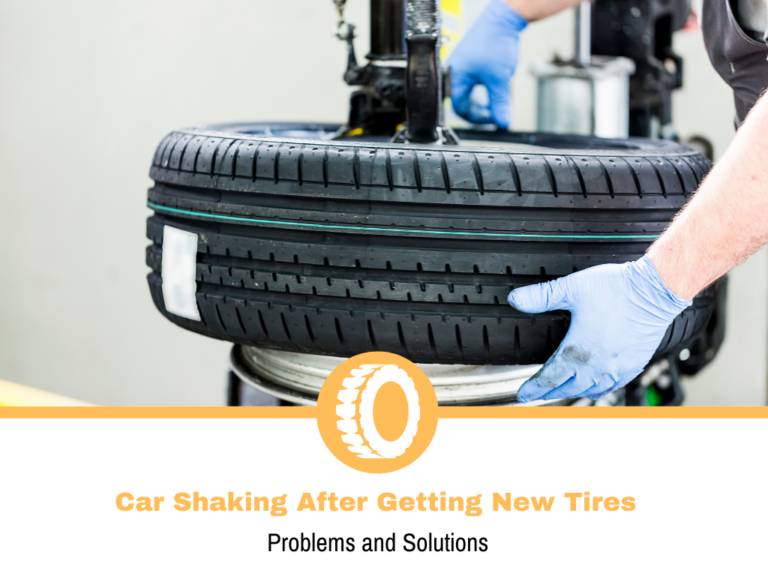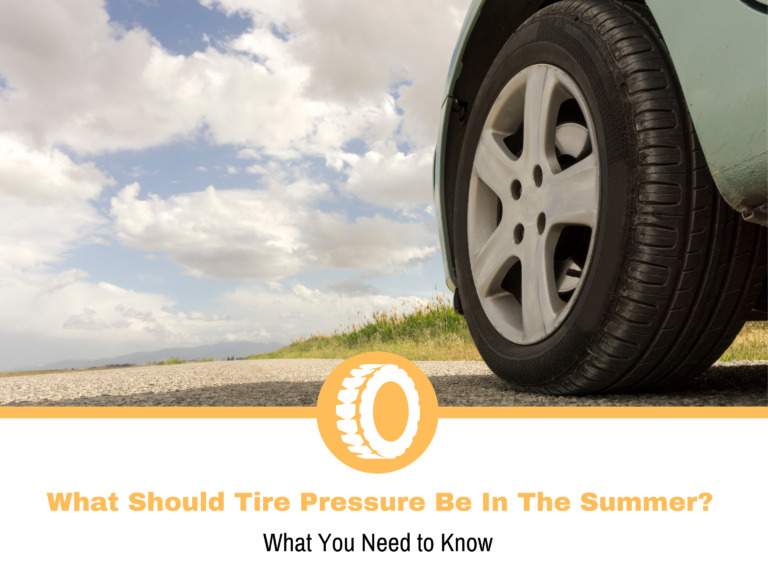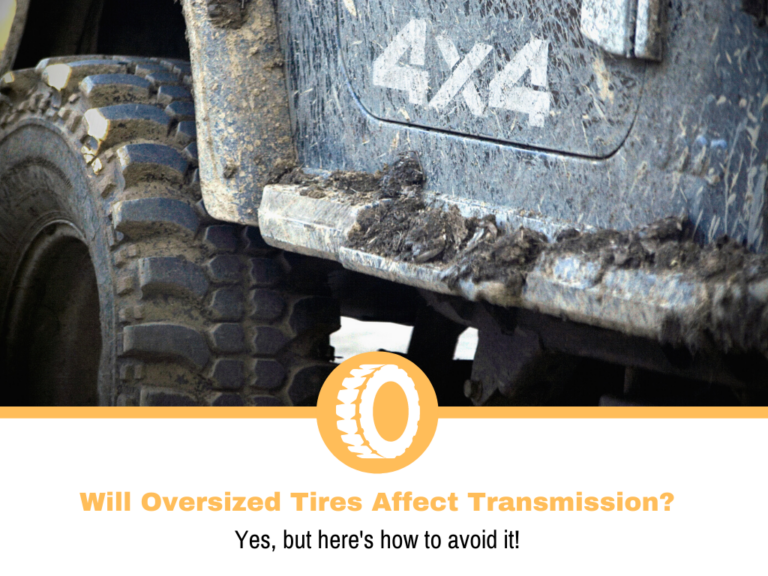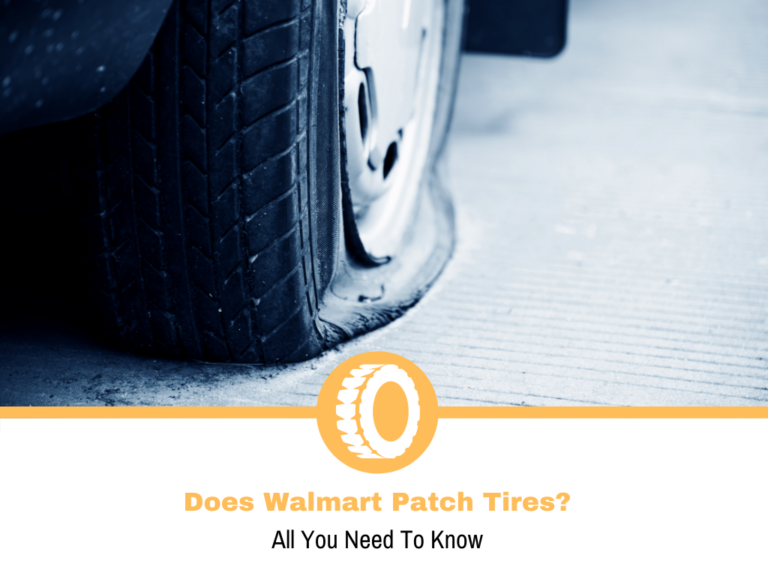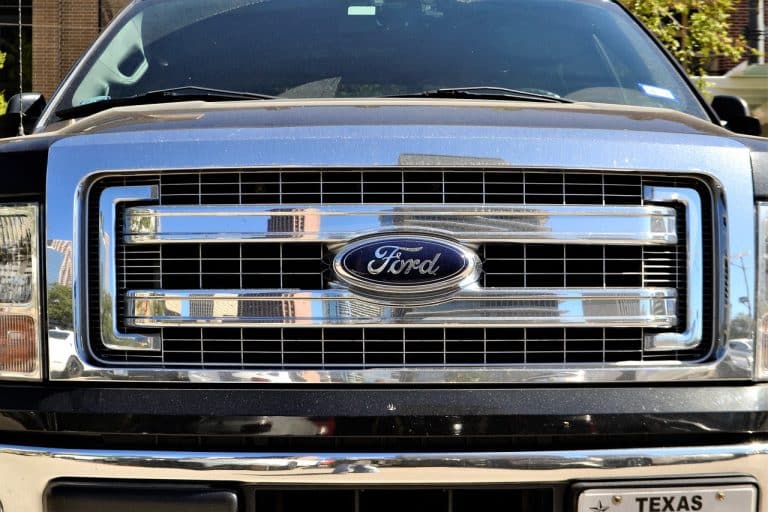215 vs 235 tires
If you want to maximize your car’s efficiency, traction or handling capabilities, you need to match it with the right set of tires. However, while 215 tires might help you gain better fuel economy, they are also likely going to worsen your handling or make the car look worse. As such, you ought to know what you get from both a 215 tire and a 235 tire.
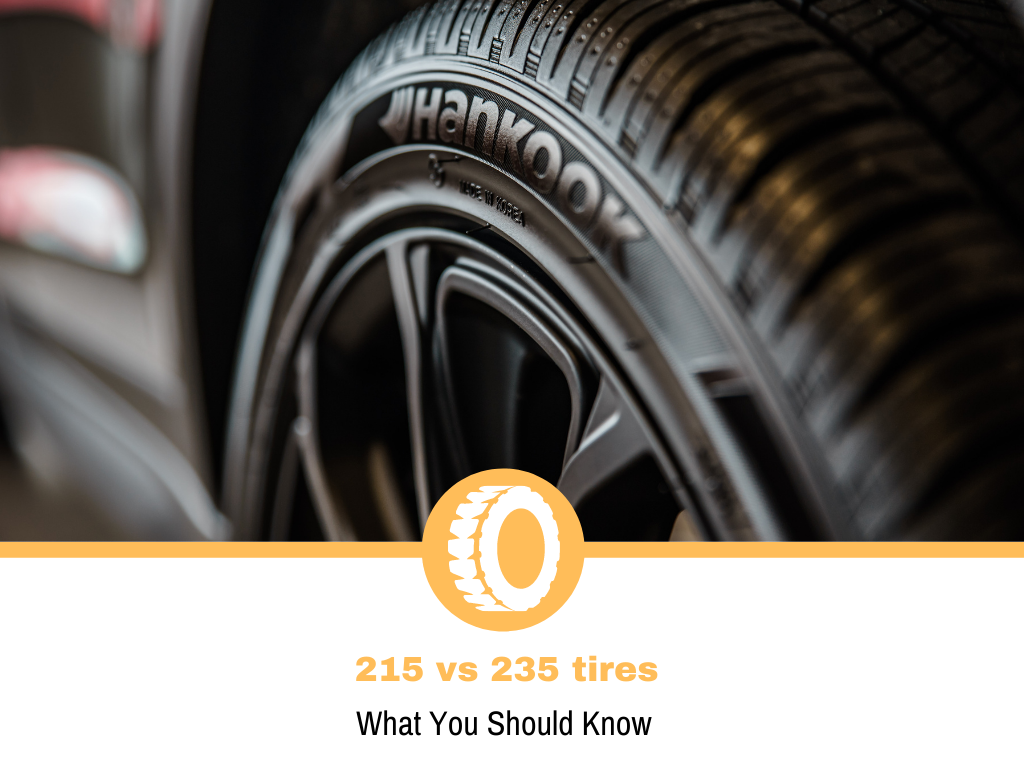
Which Tire Is Better: 215 vs 235?
It depends on what you want to achieve. If you want maximum traction and best handling capabilities while also benefiting from being able to load more, a 235 tire is the better choice. However, if you want to make your car more efficient, quieter, and more capable in the heavy snow and standing water, a 215 tire is better.
What Are The Advantages Of 215 Tires?
- Better Fuel Efficiency
- Better Ride Quality
- Better In Heavy Snow Or Standing Water
- Cheaper
Better Fuel Efficiency
The narrower the tire, the lower the friction. This means that it takes less force for the tire to turn and thus it creates lower rolling resistance. A wider tire is somewhat similar to an underinflated tire in this instance because an underinflated tire offers a larger contact patch, therefore, increasing rolling resistance which ultimately requires more fuel, but offers more traction.
Narrower tires are usually also smaller and lighter, and it’s the same story for the rims which also need to be narrower in order to accommodate a narrower tire. The differences between 215 and 235 tires are not huge, but they do play a role, especially if you tend to use your tires for years.
Better Ride Quality
The general rule of thumb is – the larger the tire, the rougher the ride, and that goes for both tire width and tire diameter. A narrower tire offers a larger sidewall aspect ratio which means that the sidewall is more substantial than the one found on a wider tire which leads to a more comfortable ride.
Another thing to keep in mind is the fact that a narrower tire is not going to be as loud as a wider tire, especially on a highway. This is also due to a higher sidewall aspect ratio and the fact that the tire contact patch is narrower and thus creates less wind noise.
Better In Heavy Snow Or Standing Water
A 215 tire is going to outperform a 235 tire in heavy snow, slush, or standing water. The reason why is simple – the narrower the contact patch – the greater the pressure. This means that a 215 tire is going to dig into the snow better than a 235 tire.
The differences between 215 and 235 tires are even greater when it comes to aquaplaning or standing water. A 215 tire will cut through the water a lot easier because a 215 tire exerts more pressure per square inch. This does not mean that the differences are going to be huge, but they are worth mentioning.
Cheaper
Finally, 215 tires tend to cost less when compared to a 235 tire because there is simply less tire. Wider tires are commonly being used for heavier cars such as SUVs and trucks, but they are also more frequent with sports cars and supercars.
What Are The Advantages Of 235 Tires?
- Better Traction In Dry Conditions
- Better Handling Characteristics
- A Better Look
- A Higher Load Capacity
Better Traction In Dry Conditions
A 235 tire is likely going to outperform a 215 tire when it comes to traction in the dry. This is because the tire contact patch is higher and the car is able to stick to the road a lot easier. The better the weight distribution, the better the traction.
Given the fact that a 235 tire offers a wider contact patch, it will be able to accelerate more quickly while also being able to stop in a shorter distance.
Better Handling Characteristics
If you enjoy a spirited drive from time to time or you like to tighten up your car whenever you come across a windy canyon road, a 235 tire is a better choice because you can explore the limits of your car a lot more confidently.
A wider set of tires distributes the weight better which means that managing that weight is a lot easier, even when the car is mid-corner. The car is also going to roll into the corner less because the sidewalls are not as exaggerated.
A Better Look
Looks are subjective, but almost everyone agrees that wider tires simply make the car look a lot better. If you have the opportunity to look at a car with 215 tires and 235 from the back, you will know what I am talking about.
The car seems to squat just a little bit better which improves the look of the car because it makes the car look a lot more substantial. Most performance cars these days offer a lower ride height, wider section tires and wheels, and low profile tires which make the sidewalls a lot stiffer thus improving stability.
A Higher Load Capacity
A load rating of a tire is proportional to its weight which means that the wider the tire – the higher the load capacity. This does not only mean that your car is going to be able to carry more stuff, it also means that it is going to feel more stable and surefooted, no matter if you increase the load or not.
Are 215 And 235 Tires Interchangeable?
215 and 235 tires are interchangeable if they come with the same tire aspect ratio and the same rim diameter. If the rim diameters don’t match you will have to invest in new wheels in order to mount larger tires onto your car. A set of wider tires could also come in contact with the inner wheel well area if there is not enough ground clearance.
However, you should not use different size tires on your car at the same time as this can hamper the car’s dynamics and even make it unsafe. A larger tire could potentially be rated for a slower speed, and mounting tires with a lower speed rating than the ones that came with the car originally is even illegal in many states.
Staggered Vs Squared Tire Setup
There are two different ways how one can achieve a wider track, one is by opting for a staggered wheel setup which means that your front tires are going to be narrower (215 tires for example) and your rear tires are going to be wider (235 tires for example). The other option is to use the same width section tires for all four corners (215 tires or 235 tires). This way you will balance out the contact patches across all four wheels.
A squared setup is a non-negiotable setup for an AWD car because the power is being sent to all four wheels, thus all the tire sizes need to be in accordance with the manufacturer’s recommendations. A staggered setup is something you will often see on rear-wheel-drive high horsepower performance cars because wider tires at the back will make the car a lot grippier.
However, if you do opt for a staggered wheel setup, you must adjust your car’s suspension to cope with different-sized wheels. This also means that you will not be able to rotate your tires which will inevitably speed up tire wear.
There are ways how you can change the way a car behaves completely only by changing the tire size and type. Tires are an essential aspect when it comes to on-road safety and traffic law regulation, so be sure to investigate these manners thoroughly before you decide to change anything.
How Can I Make Room Wider Tires?
Sometimes a 235 tire is going to need adjustments if you don’t want it to rub against the fenders and the inner wheels wells. Most people tend to remove the fender liners while others install more compact coilovers which leave more room for a wider set of tires or a more offset wheel setup.
JDM tuners and performance car enthusiasts also love flaring fenders which make the car look a lot more aggressive while also significantly widening the track which makes the car handle better. However, rolling your fenders is not something most shops are willing to do because this can create all sorts of paint issues down the line if not done correctly.
Conclusion
One type of tire is not inherently better than the other which means that it depends on what you want to achieve. A 215 tire is likely going to cost less money and is also going to offer you a few benefits such as better fuel efficiency and a smoother ride while a 235 tire is going to make your car handle better, carry more stuff and make it look nicer.
Most people tend to replace narrower tires with wider tires because they want better handling and a better-looking car. It is not as common for people to replace wider tires with narrower ones because they don’t necessarily make that big of a difference while also looking considerably worse, especially on a performance car.

